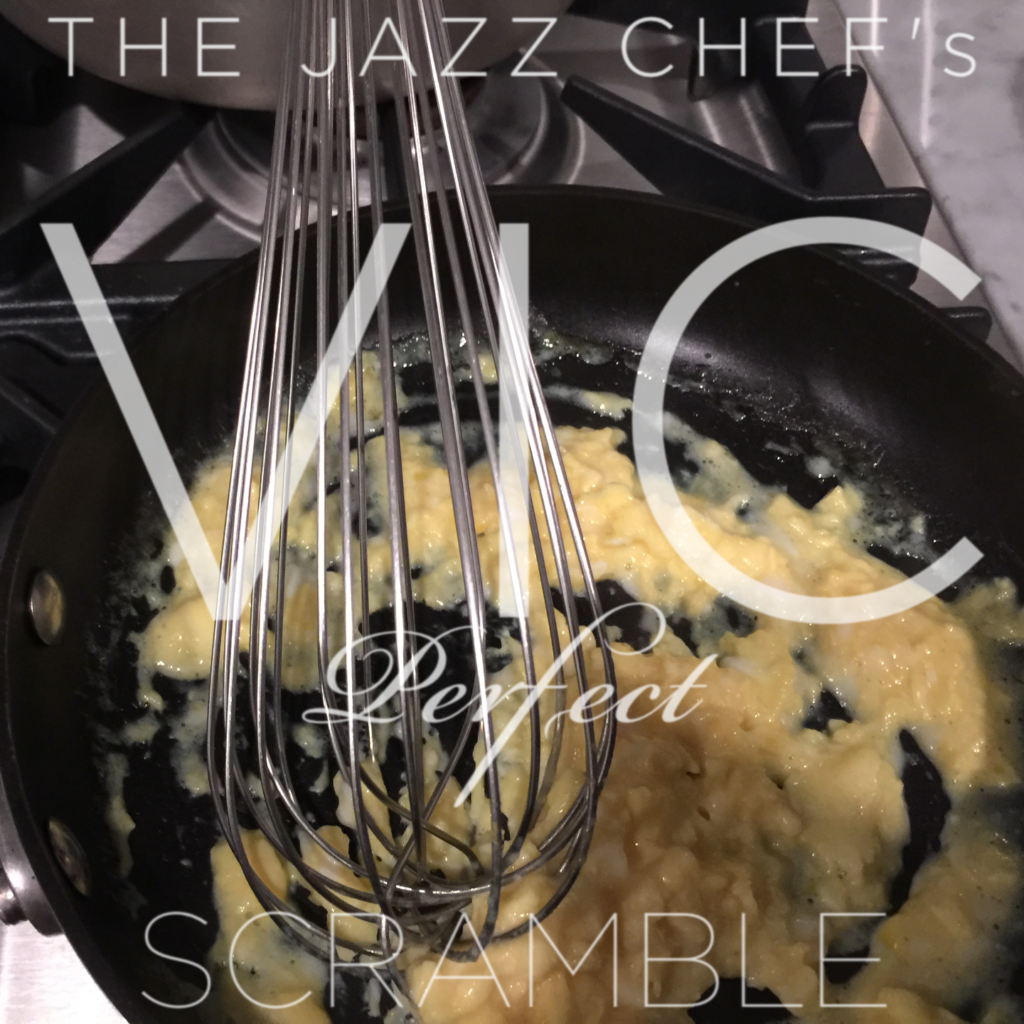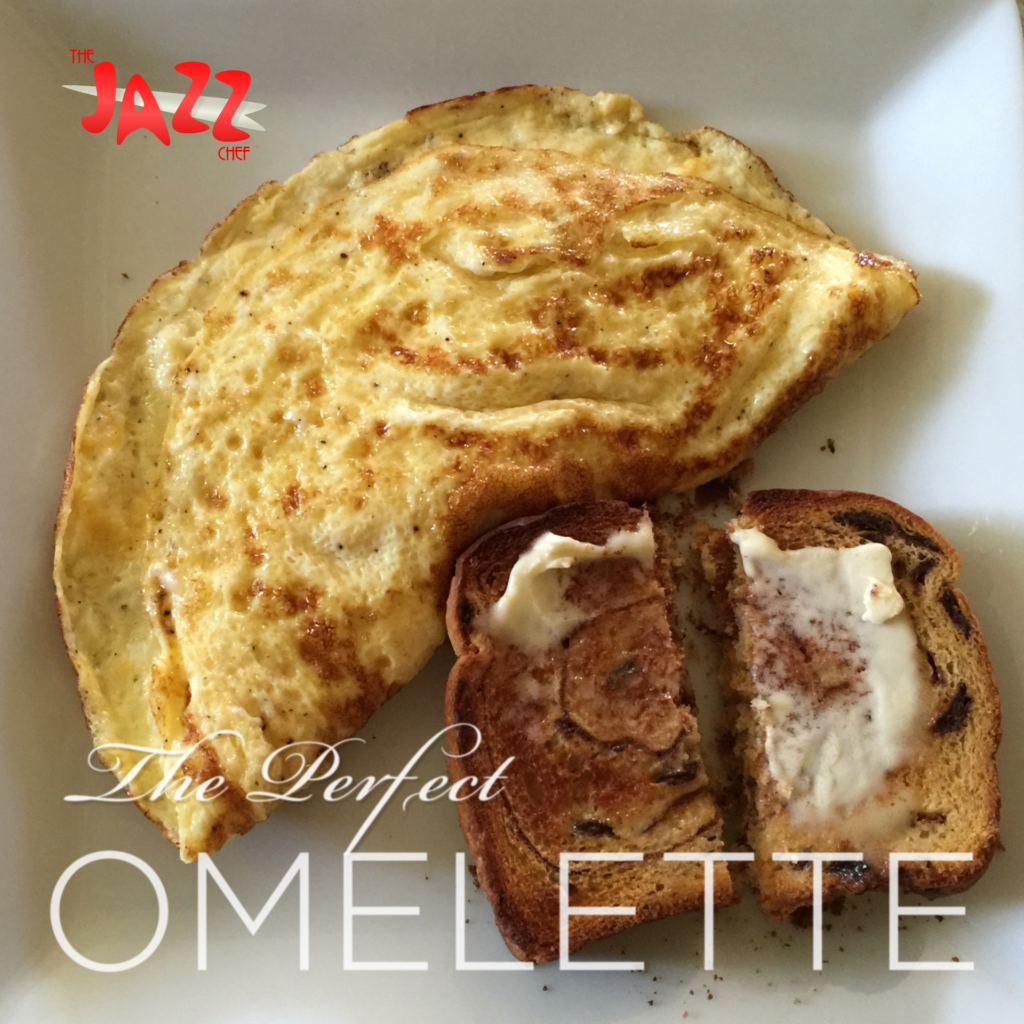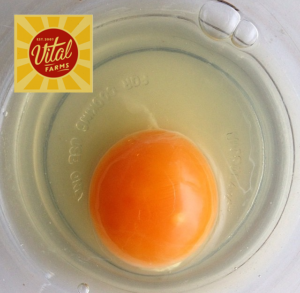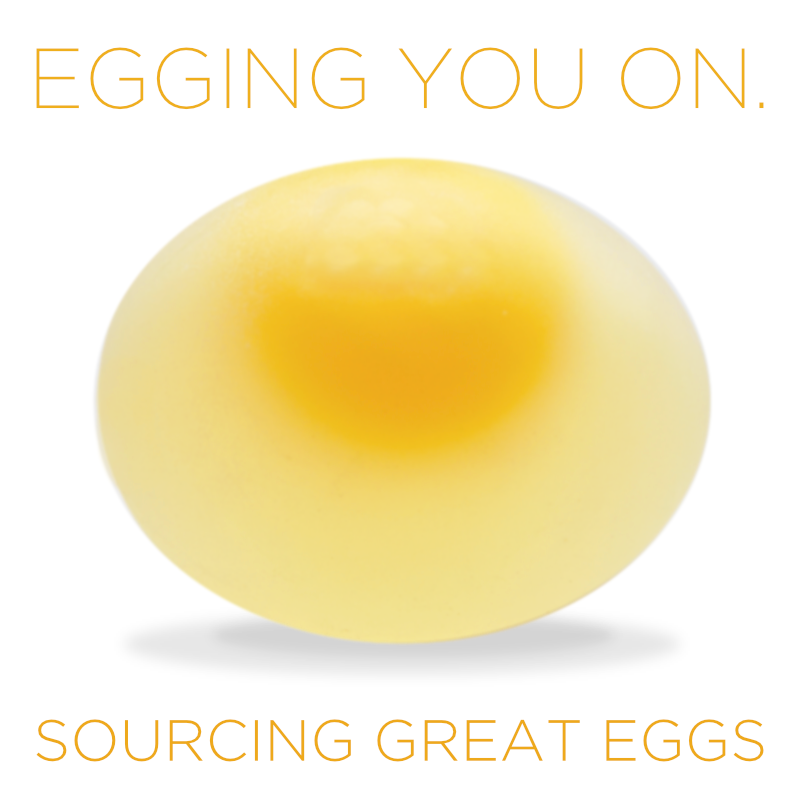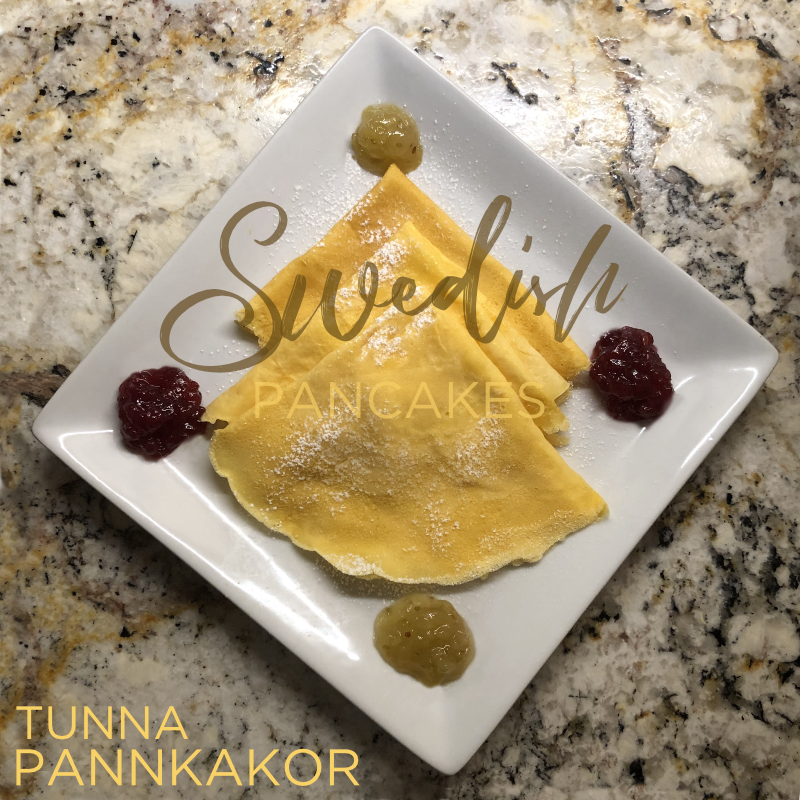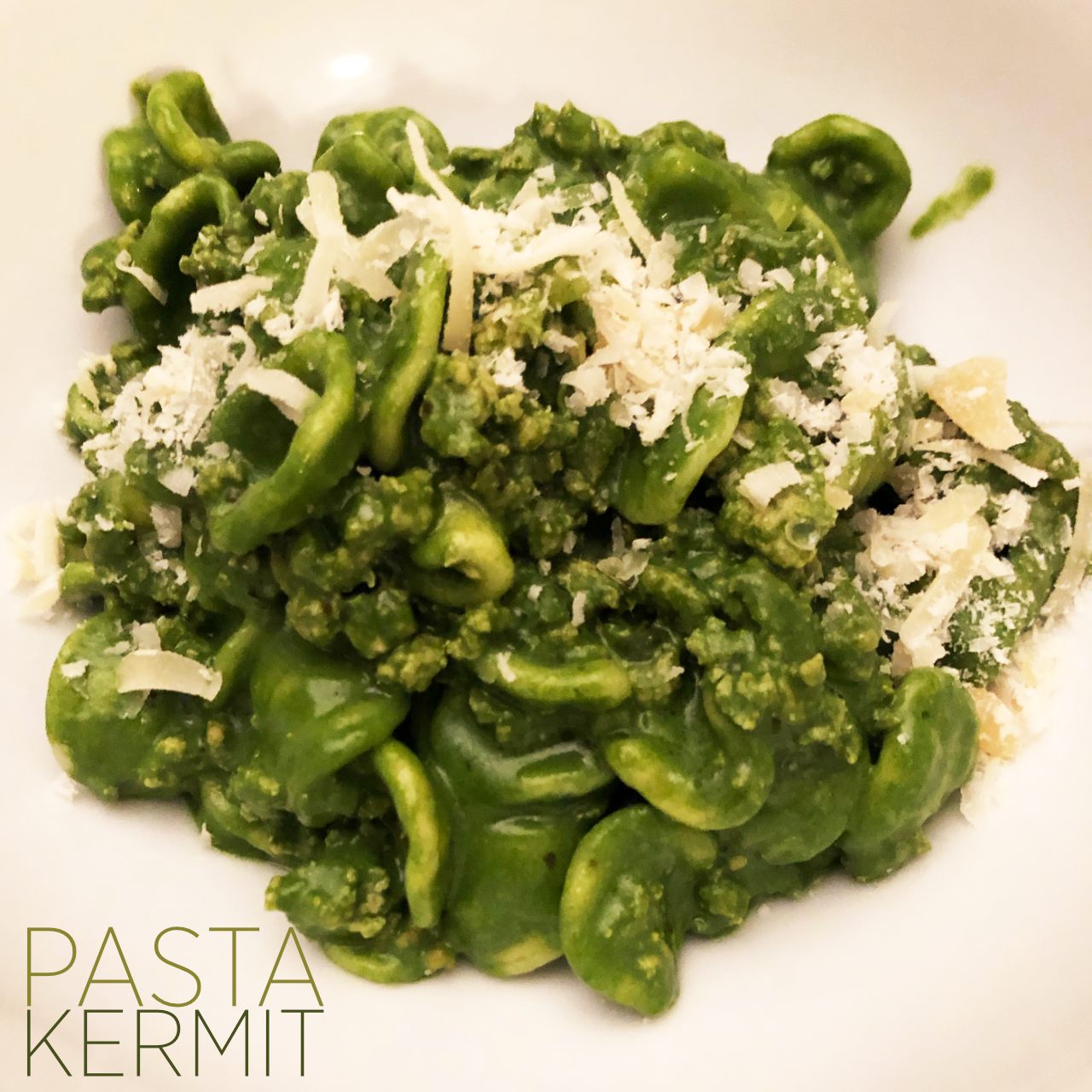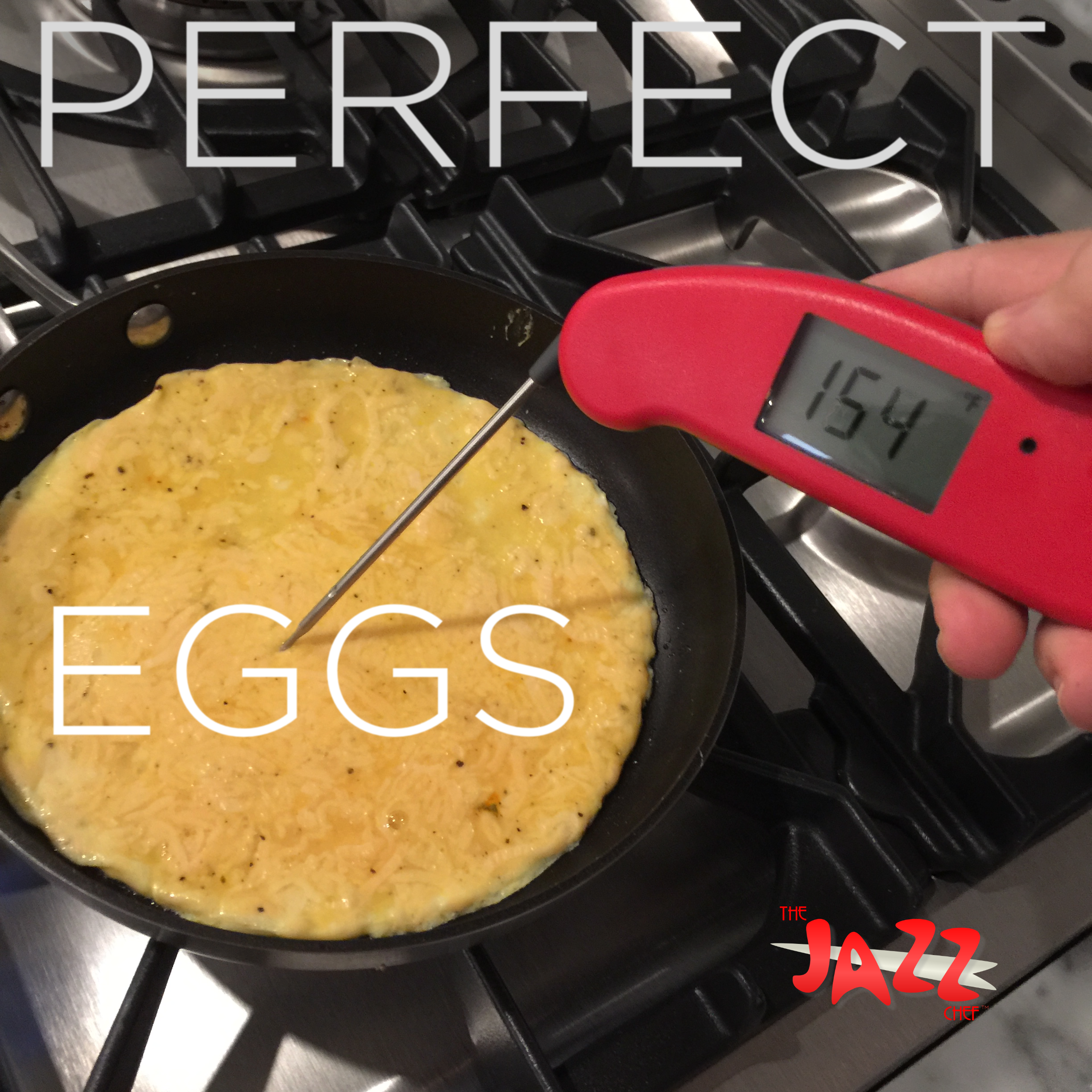
REVISED 03.06.21 – 90% of us, pro and home chefs alike, have cooked eggs, one of the most common foods on the planet, wrong. For generations!
The often rubbery rubbish, coated in burned fats which we turn toxic, from the sandy-yolked fast food egg sandwiches to the upscale cream-laden “soft” eggs of the Euro breakfast traditions, we proudly keep applying culinary band-aids to bad practice where tradition turns toxic.
Part bad practice, part fear of bacteria, destroying eggs comes from the Culinary Dark Ages before the advent of refrigeration.
Eggs are one of the most magnificent, versatile, simple foods on the planet. Let’s make ’em sexy again! How good are you, in the kitchen? How do you do with one of the most basic foods, consumed by hundreds of millions of people, around the planet?
The amazing egg.
Only a few, and I mean a few, chefs, even pros, know how to cook them properly. That’s why Helen Mirren’s character, the owner of a Michelin-rated restaurant, uses the perfect omelette as a yardstick to hire her staff. Yet, you’ll laugh, but the food porn omelette in the Hundred-Foot Journey is cool looking, but still wrong!
You can achieve amazing things with eggs in your kitchen, with your equipment, humble as it may be. Great eggs require knowledge, understanding, patience, and skill.
Let’s try to understand the egg, from the science of it, and prepare it with that knowledge, and any egg dish, from scramble to quiche, can be perfect, light and airy.
THE SEVEN DEADLY SINS THAT CAUSE EGGICIDE:
- Too little time;
- Too much heat;
- Lack of aeration;
- Germaphobia/Wrong sanitation;
- Improper handling/Lack of confidence;
- Poor quality eggs/old eggs;
- Wrong fats/oil, and too much of them;
SOURCING WELL
Great eggs start with… great eggs!
Buy the good stuff in small quantities, use them up, and do not let them get so old that they file for Social Security (Get rid of them).
Read my article on how to shop for them, avoid the egg scams, and buying unsafe eggs.
Pasture-raised are your best bet for top grade. Locally sourced eggs from small farms and neighbors’ yards, or even from your own yard, are great, as long as they’re handled properly and cleaned well, and you know that the hens are well cared for.
EGGS 101
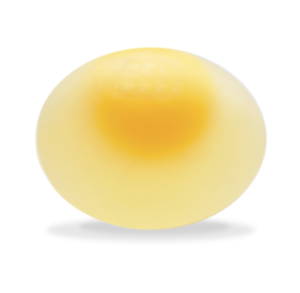
Let’s start with what’s in an egg, beyond that most people know there is a yolk, and a white.
Eggs are mostly water. 90% of the white, about 27 grams of the 30g in an egg white, and 50% of the yolk, according to Hervé This in his landmark book “Molecular Gastronomy: Exploring the Science of Flavor.”
How does an egg rise?
A tremendous amount of steam is created by heating one egg: 30 litres/32 quarts worth!
That steam from water in the egg, itself, is what cooks the proteins in the egg. The amino acids that make up the egg’s proteins fold in on themselves, in part, when they cook, forming web-like lattices, little pockets.
Those pockets trap steam. That makes the protein lattices expand, which, in-turn, makes the egg rise.
How do you keep an egg soft, and tender?
The quantity of water that you can trap in it. The more time you give the egg to form those lattices, and the more lattices it creates. Those lattices trap the water, making a lighter, moister, more tender egg.
The same is true of the yolk. Properly cooked eggs, even hard boiled, don’t have that “sandy” texture to the yolk, if you cook them slowly, and let them properly form.
So remember this rule:
68/154 GIVES YOUR EGGS A LITTLE MORE
The ideal cooking temperature for cooking an egg is 68°C/154°F. In your home kitchen, if you want great food, low and slow is the way to go!
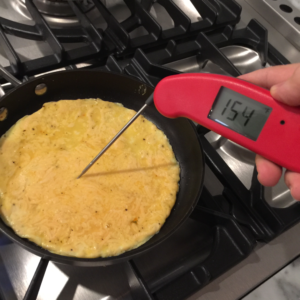
We trade off excessive heat for time/duration of cooking. It allows for both the proper rise time, and for the sterilization of the egg from unwanted pathogens like bacteria.
An overcooked egg at what are “normal” temperatures now takes 1-3 minutes. Ours will take 5-8 minutes, allowing for variables like air temperature, altitude, humidity, etc.
Won’t I DIE if I Cook That Way?
Like pork and shrimp, eggs have generational fears attached to them. While they’ve been consumed since man stole them out of nests, fear of foodborne illness, from eggs, has made a whole string of moms, and grandmas, positively mental about cooking eggs to “cure” them at extremely high temperatures.
The Centers for Disease Control (CDC) recommends a finished temperature of 71°c/160°F, or over, to eliminate internal bacterial contamination that can occur in raw eggs. Many doctors and scientists, including those who cook, will tell you that is overstated.
Pathogens, harmful bacteria, in chicken, and eggs, that can cause illness in humans, like salmonella, die off at 50°c/122°F. Add in salt, and that happens a degree lower. Plus, like all foods, when you remove them from the heat, they continue to cook for a bit. Some, or all of that last six degrees will happen. So, at 68°c/154°F, we’re in the sweet spot for a great egg, especially because eggs, like most foods, continue to cook for a minute, or more, as they’re being removed from the container where they were heated up.
What you should worry about more, but don’t, are the many ways, in overcooking eggs, that you can be introducing potential carcinogens into the cooking process.
OVER-COOKING: EGGS’ DARK SIDE
High-temp cooking of eggs has three other downsides:
- Sending Oils to the Dark Side is Dangerous – If you’ve sprayed PAM on a hot pan, you’ve watched it smoke and turn black right away, then you have turned your oil to the Dark Side of the Culinary Force. More on the health dangers of that in a moment.
- Extra calories – To slow down the cooking process, and to get the right thickness without rising, chefs, home or pro, put more egg or milk, or cream into the pan or onto the griddle. That’s extra unwanted calories, and/or cholesterol.
- Omega-3 Obliteration – Omega-3 is the heart-healthy stuff present in eggs. It’s also sensitive to light and heat. When we overheat pans, we lose a lot of the O3 that makes eggs better for us to eat.
So, low and slow is the way to go.
As the Rolling Stones know, time is on our side, yes it is.
THE PREP BONUS
Low and slow allows you more freedom to stage a meal. You just have to change the batting order in your meal prep.
We generally put eggs on a breakfast as a finishing point in the kitchen, but often at the expense of other things being perfect, or warm, because there is nothing worse than lukewarm egg dishes, for those that are expected to be served hot.
Change the order. Start with your eggs, cold in the pan, and give them the time to rise, while you’re doing the rest of your meal. Make bacon. Run your toast. Even if you’re scrambling, the egg takes a couple of minutes to warm up from 37-44°F, coming out of the refrigerator, to a point where it will begin to form.
BECOME A TEMPTIMELORD
If Dr. Who can master the world with his smarts and a “sonic screwdriver,” we can become TempTimelords of our own kitchens, with a good culinary “screwdriver” that is a game-changer in the way that you cook eggs…
Thermometer? Oh, H—l No!
I know that home chefs generally find thermometers a bother, and therefore don’t use them. Old ones were absolutely a pain. They took a long time to read. They were hugely inaccurate The digital age has changed all of that.
Since I first wrote this article, the thermometer technology has only improved. Laser thermometers are good for reading the surface temperatures of things. They are now dirt-cheap. Point at the surface. Voila! You get an instant read.
Temperature, on a stovetop, even the best commercial stovetops out there, is positively primitive.
1-8. Low to High.
It’s all guesswork. You don’t need to measure the temp EVERY time that you make eggs. Just do it a couple of times, to learn where, on the magic dial for the burner, your pan hits the right temperature.
From then on, you’re good to go.
What does knowing the real temperature do for your cooking?
- It gives you consistency. Do it once, or two hundred times, and the results are predictable.
- It informs all of your “educated guesses” kitchen intuition better, because you’re starting a a point of truth, fact;
- It makes you look brilliant to family, and friends, when you can turn out amazing food every time!
The other big element in getting your eggs perfect is using a pan that you won’t be fighting.
TAKING THE PAIN OUT OF THE PAN
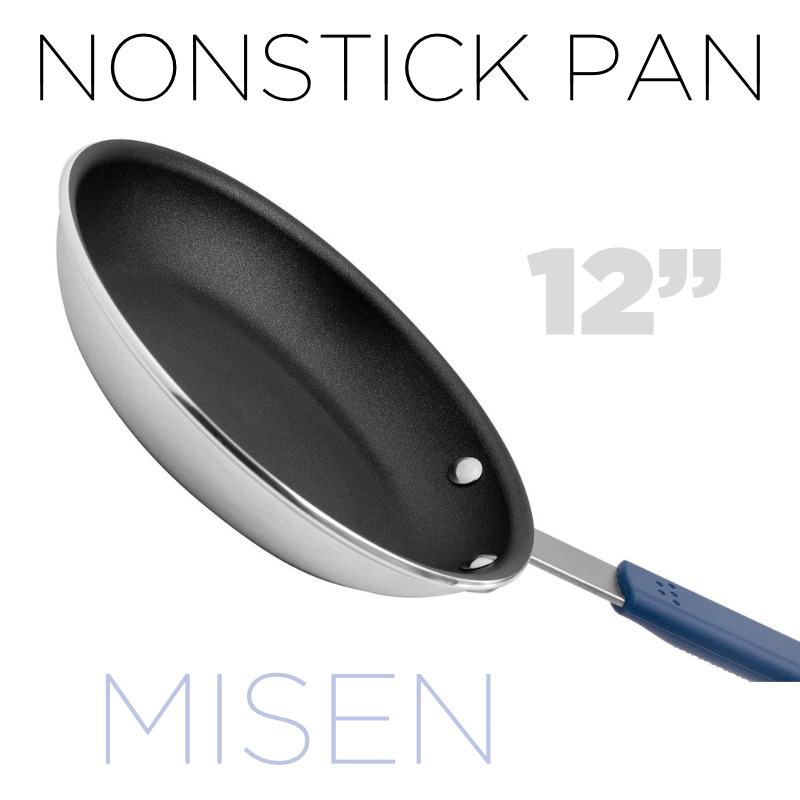
Eggs are more obligation than art for most of us. Nonstick pans were supposed to liberate us from the problem of making stuff that stuck, and burned. They’re a key to a better egg because they distribute heat better, and keep the egg together. There are a billion varieties of egg/omelette sized pans out there. Mostly bad ones.
All non-stick pans have limited lifespans. Two things kill them:
- High heat – shortens the coating’s lifespan;
- Wrong tools – Yes, many pans advertise that you can use metal implements on them. Use high quality, high-temp silicone spatulas, and you extend the life of the pan.
You can stretch the productive years in your pan out by using the right temperature, and the right tools.
HIGH TEMP silicone spatulas. A number of companies have popped on, direct marketing quality, affordable pans. We find that the Misen pans have replaced ceramic as the longevity winners.
Fewer calories, and less of a problem with burned oil, which we should worry about far more than bacteria in farmed eggs.
Low and slow….
NO BURNT PANS MEAN HAPPIER DNA STRANDS
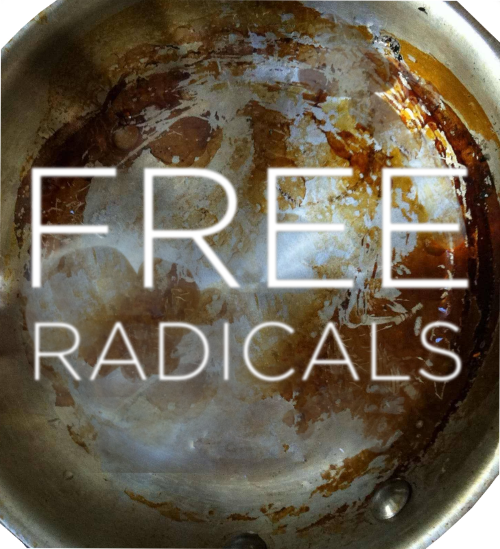
When you burn oil, you change it. Many of the “good” properties are not only lost, but you’ve sent them to the Dark Side:
Carcinogens.
When oils are pushed past their smoke point, they change chemically in ways that create free radicals.
Like hippies from the 60s, free radicals do their own “thing.” They’re not complete molecule strands, so they look for places to “latch” on to. When that place is the DNA in your body, not such a happy thing. Free radicals are a source of aging, and may cause/contribute to some types of cancer.
Overcook eggs and oils, and the good Omega-3 fatty acids in both break up worse than a couple on The Bachelor.
SPRAY SMARTER.
Spray oils are convenient, Some, like a nice extra-virgin olive or grapeseed may be fine for misting a salad, but they leave a very strong taste, and usually burn very easily. Most of the conventional sprays, intended for spraying in your pans, or grilling, are a big AVOID.
Thin oils, meant to come out of a spray head, are some of the easiest to burn. Most sprays are the lowest grade of commercial vegoils out there. Many, such as the refined, “pure” labeled canola oil, can have traces of a petroleum product, also found in gasoline, called n-hexane. That shouldn’t be on the top of anyone’s list to consume!
Lower smoke point means burnt oil, free radicals, possible traces of toxic chemicals, and bad taste.
GO GREEN.
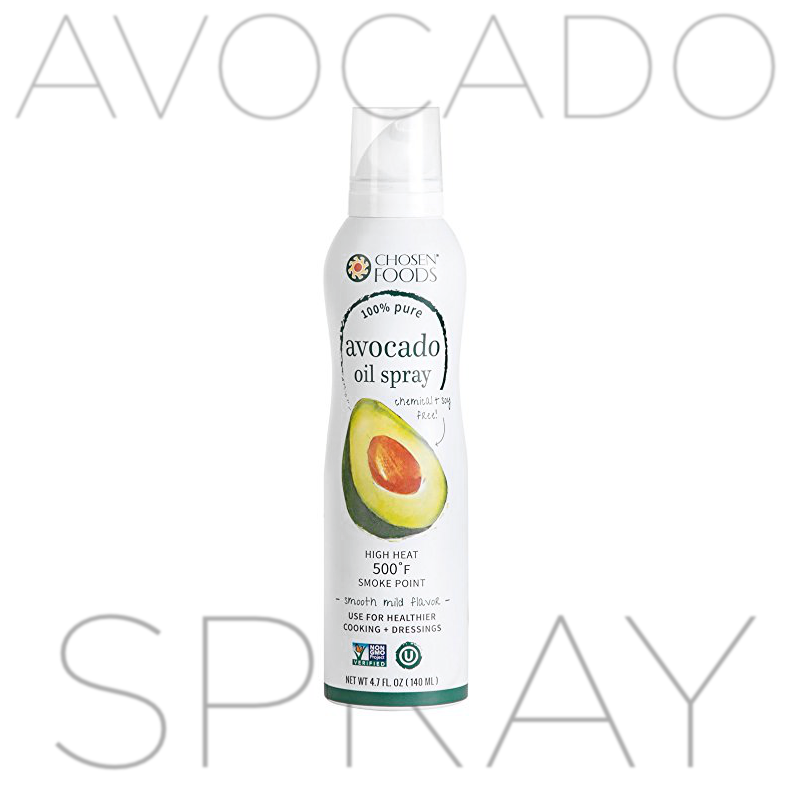
Chosen Foods Avocado Oil Spray
Avocado oil spray, however, is an excellent choice. With a 500°F smoke point, and much of the same nutritional profile as olive oil, it’s a go-to for keeping your pan lubricated, without going to the dark side of toxicity, and taste.
Regular avocado oil, brushed on the pan with a silicone brush works well. Rice bran oil, another high smoke point oil, is great. If you keep pan temps down, you can also use expeller-pressed (hexane-free) oils like canola, or almond.
NOVEL FRIED EGGS, NOT NOVELTIES
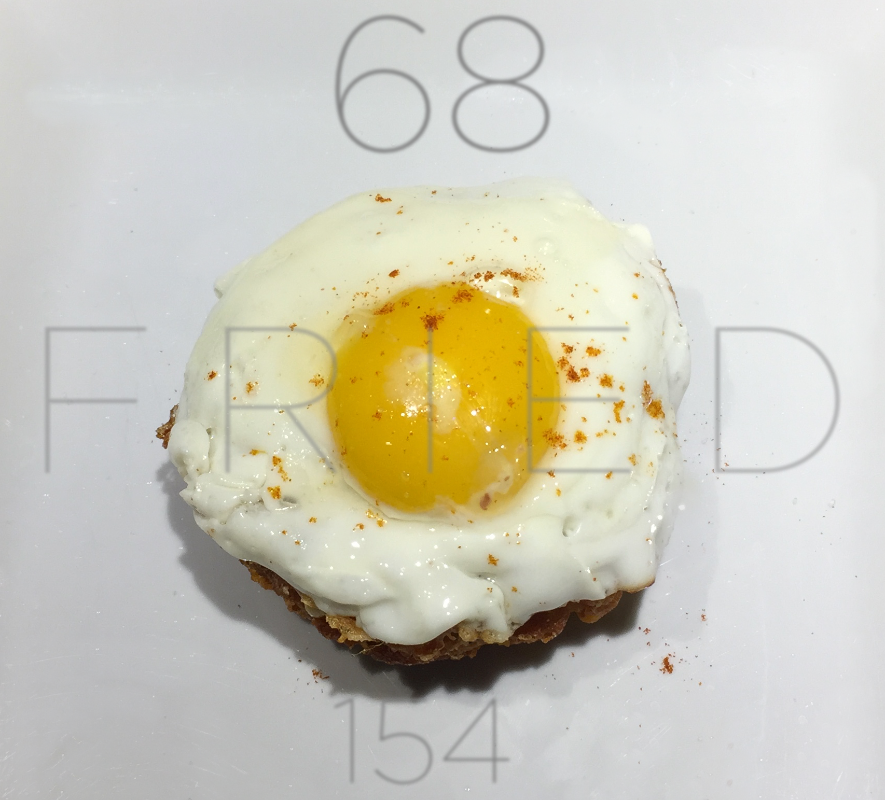
Even fried eggs benefit from low and slow.
We’re used to superheating a pan, dropping an egg in, and watching it sear immediately.
That’s great if you’re trying to make rubber egg novelties, for magic shops, or you like free radicals.
You can get a nice, light, fluffy “risen” egg that you can actually have the time to shape to fit any space, and watch it RISE!
See the perfect egg recipes, below, for the link to the fried egg.
GREAT OMELETTES AND SCRAMBLES ARE WHIPPIN’
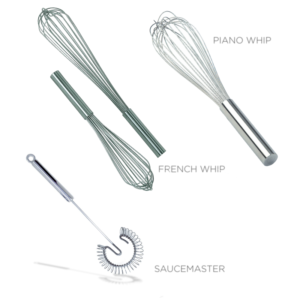
People use the wrong tools to prep omelettes or scrambled eggs. Forks. Mixers. Even the odd blender or two.
You are fusing the egg yolk and white. Fork tines don’t provide enough aeration, and lift, even if you crank the fork like an Evinrude boat motor.
Mixers, food processors, and blenders are overkill. They tend to emulsify the egg so much that it breaks down the protein chains into something that comes out even more rubbery.
So a whip/whisk is your friend, both when prepping your eggs, and while cooking them if you’re scrambling.
Some things to remember when whisking eggs:
- Whisking eggs is a touch thing. You can really feel how the egg is handling under the whisk, and, unlike the machine, you have the fine motor control to make little adjustments to make the eggs lift up and aerate perfectly, without over processing them.
- Avoid coated, or silicone, or plastic whisks. They’re more work and they never work as well. Steel wires stick to the egg just enough to pull on it and stretch and integrate the protein chains, while breaking them down just enough to aerate the mix perfectly for a nice risen finished product.
- If you’re making an omelette, whisk a bit longer because we want a smooth, even finish on it.
- Doing a scramble? Try whisking less in the prep bowl. The more that the egg white stays together, the more structure it will give your scramble. Whisk just enough to integrate.
- Every egg, not just the brand you use, but every egg, has its own viscosity issues. Some are thinner. Some are thicker and tougher. When you crack the egg, how is it holding together? Is it loose or pretty tightly formed. The tighter the formation, the less viscous it is.
- Based on the pull, you can tell whether your eggs are breaking down and integrating properly. You may need to add a drop or two of milk or water to rehydrate an older egg. You will want to probably avoid adding milk or water to factory eggs, as they’re already pretty thin to begin with.
- Add a little extra egg white boxed, or saved egg white (from a separated egg). If you use boxed, remember that it has been processed and pasteurized and has a much thinner consistency than your egg.
- This may be a good place to get some exercise logged on your fitbit or Apple Watch. Whisking burns cals!
THE JAZZ CHEF’s Perfect egg recipes
For some of the specific recipes and techniques, check out…
